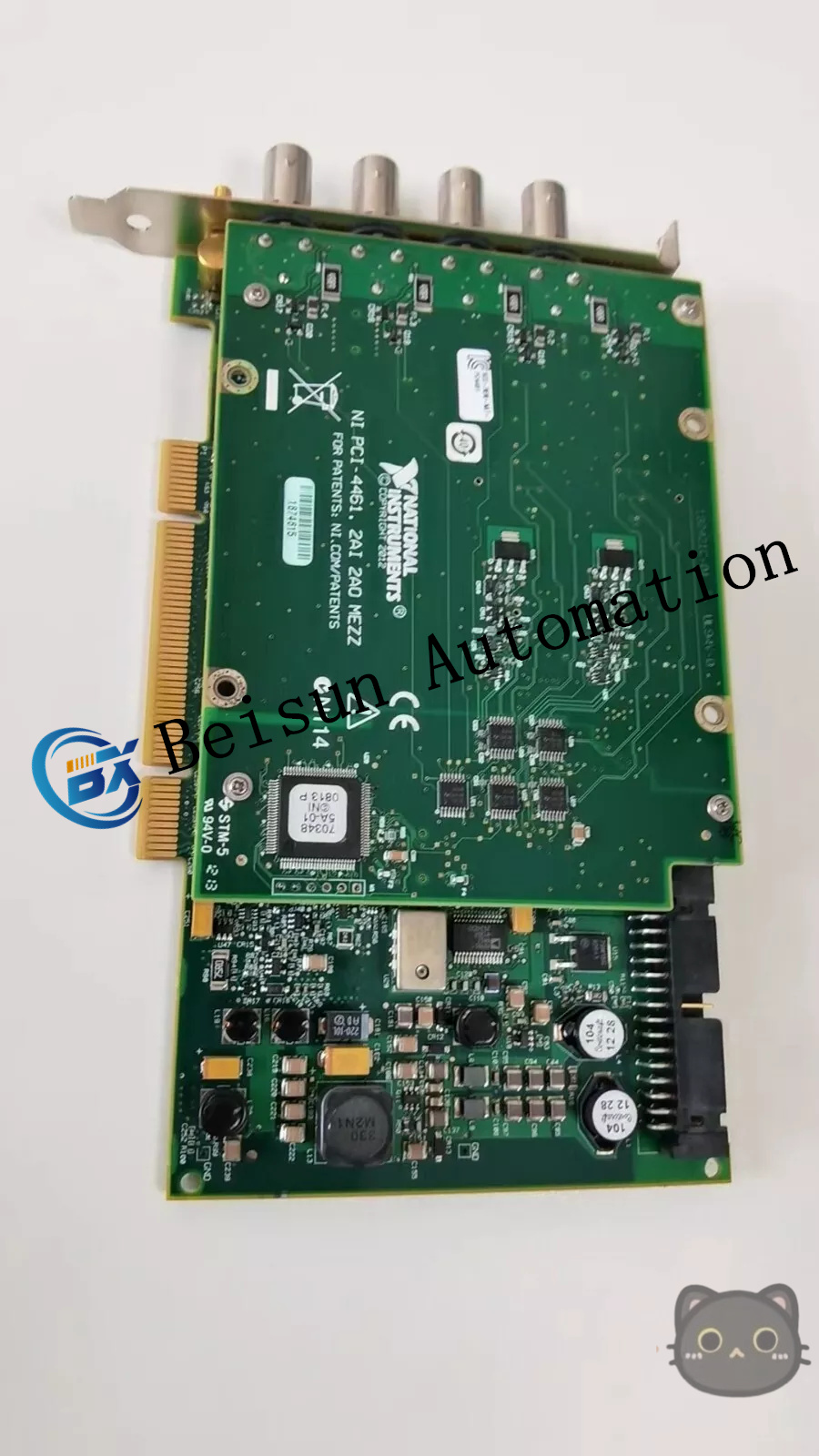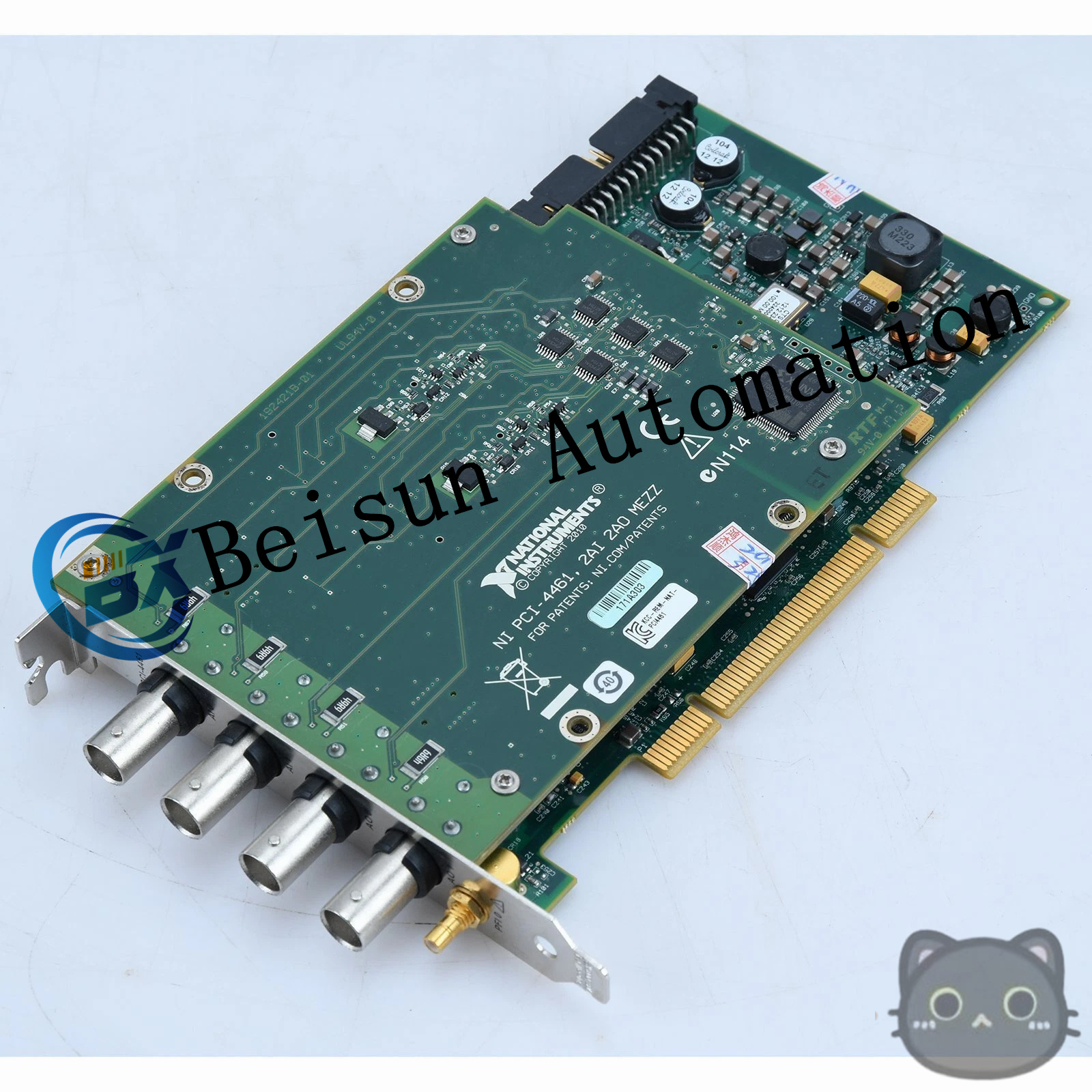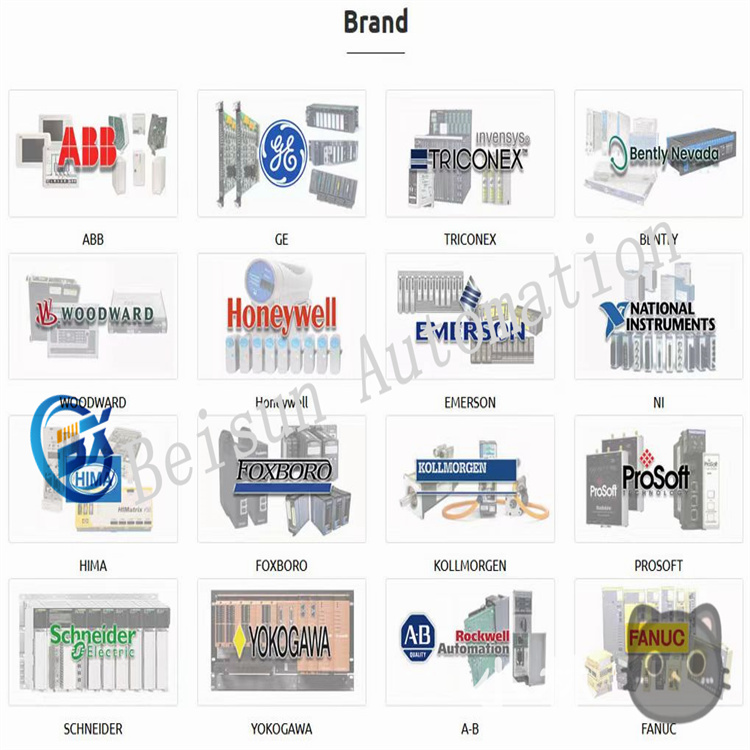Product information
Reviews
Shipping & returns
Product information
NI PCI-4461 High-precision data acquisition card
High-precision acquisition and generation: It features 2 24-bit analog inputs and 2 24-bit analog outputs, with a maximum sampling rate of up to 204.8kS/s. Equipped with a ∑-Δ type ADC, it features a dynamic range of 118dB, low noise and distortion. It has an excellent amplitude flatness of ±0.1dB within the frequency range from DC to 92kHz, with a typical total harmonic distortion (THD) of -107dB, enabling high-precision signal acquisition and restoration.
Technical parameters
Number of channels: 2 differential analog input channels, 2 analog output channels.
Sampling rate: The software is programmable. The sampling rates for standard audio applications include 44.1kS/s (standard rate for CD players), 48.0kS/s (rate for digital audio tape recorders and other digital audio devices), 96.0kS/s and 192kS/s, etc.
Input range: The input range can be configured through 6 gain Settings, from ±316mV to ±42.4V.
Interface: It is equipped with a BNC female analog I/O connector and an SMB male digital trigger connector, adopting PCI or PXI bus interfaces, and is suitable for 3.3V or 5V signal environments.

Application field
Audio testing: It can be used for performance testing of audio equipment, such as the measurement of parameters like frequency response, distortion, and signal-to-noise ratio of microphones, speakers, audio amplifiers, etc.
Automotive testing: In the NVH (noise, vibration and harshness) analysis of automobiles, it is used to collect signals such as noise inside the vehicle, engine vibration, and chassis vibration, helping engineers optimize the acoustic and vibration performance of the vehicle.
Machine condition monitoring: Monitor the operational status of industrial equipment. By collecting vibration and sound signals from the equipment, conduct fault diagnosis and predictive maintenance, promptly identify potential equipment failures, and enhance the reliability and production efficiency of the equipment.
Structural vibration analysis: In vibration tests of buildings, Bridges, mechanical structures, etc., it is used to measure the vibration response of the structure, analyze the dynamic characteristics of the structure, such as natural frequency and mode shape, and provide data support for the design, optimization and safety assessment of the structure.




Reviews
There are no reviews yet.